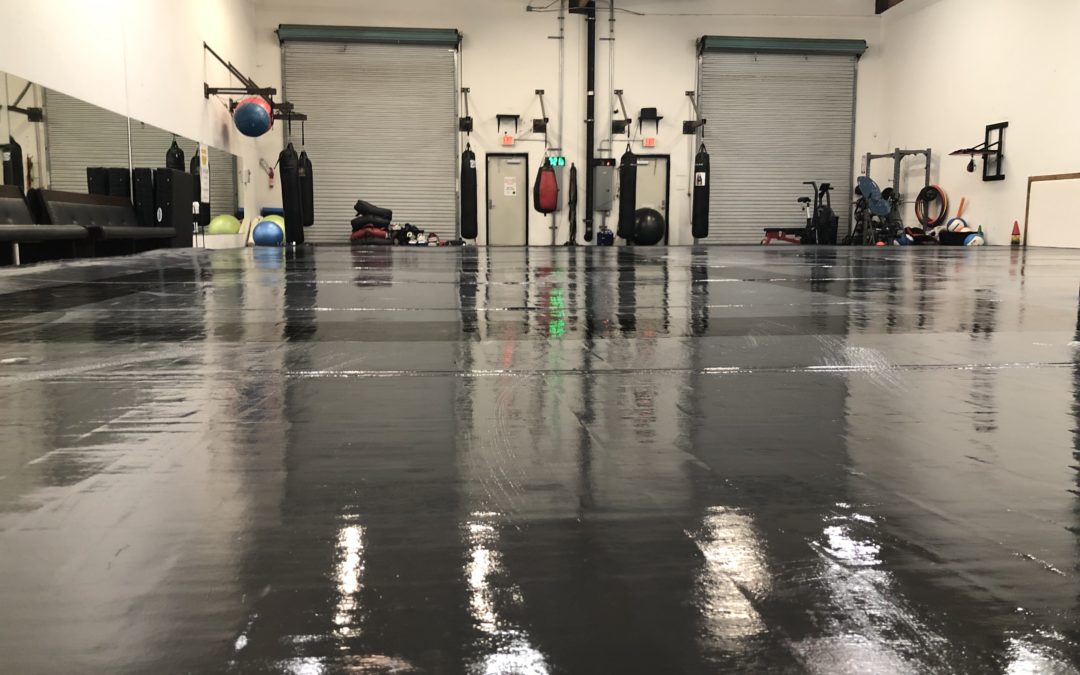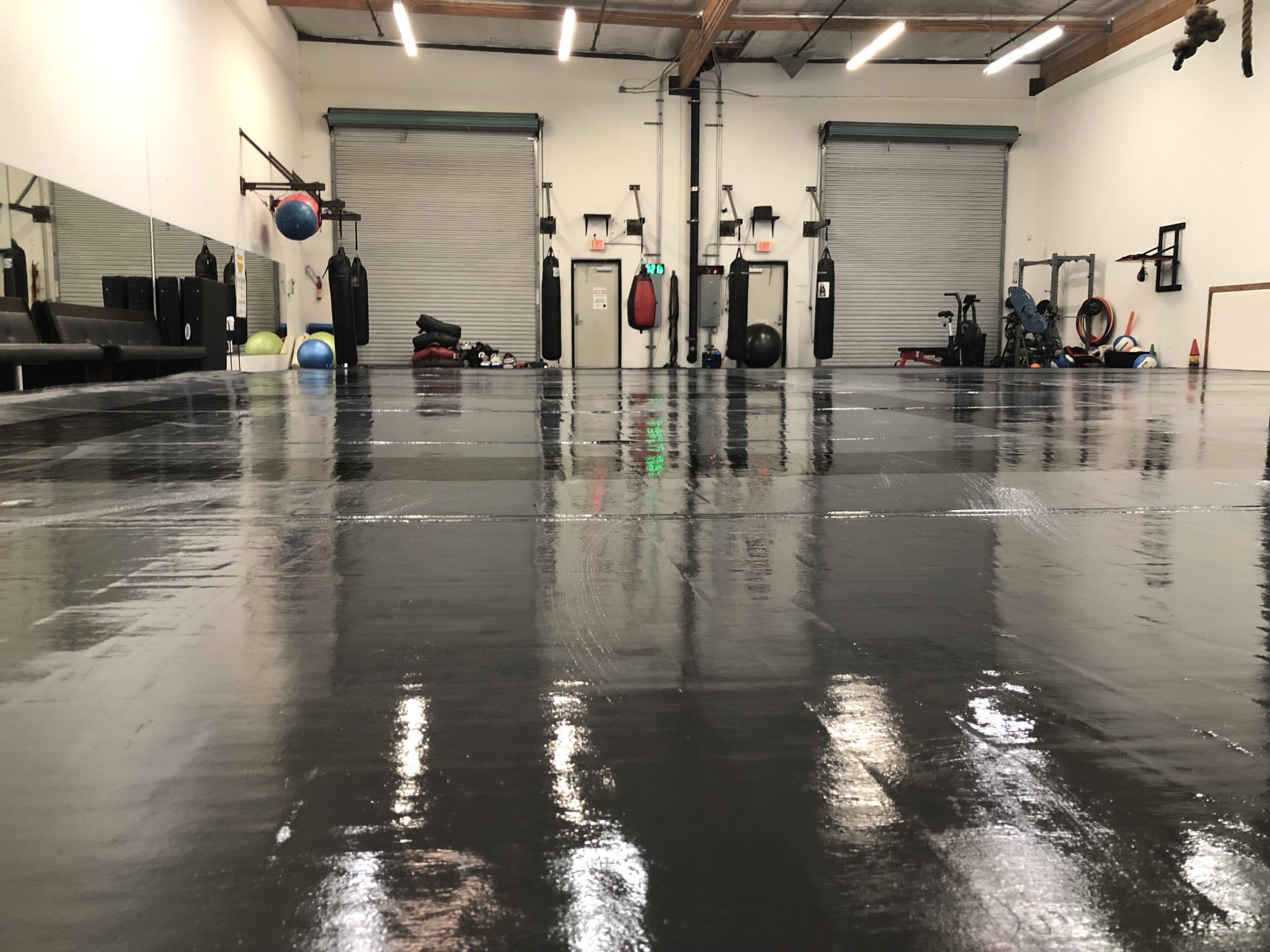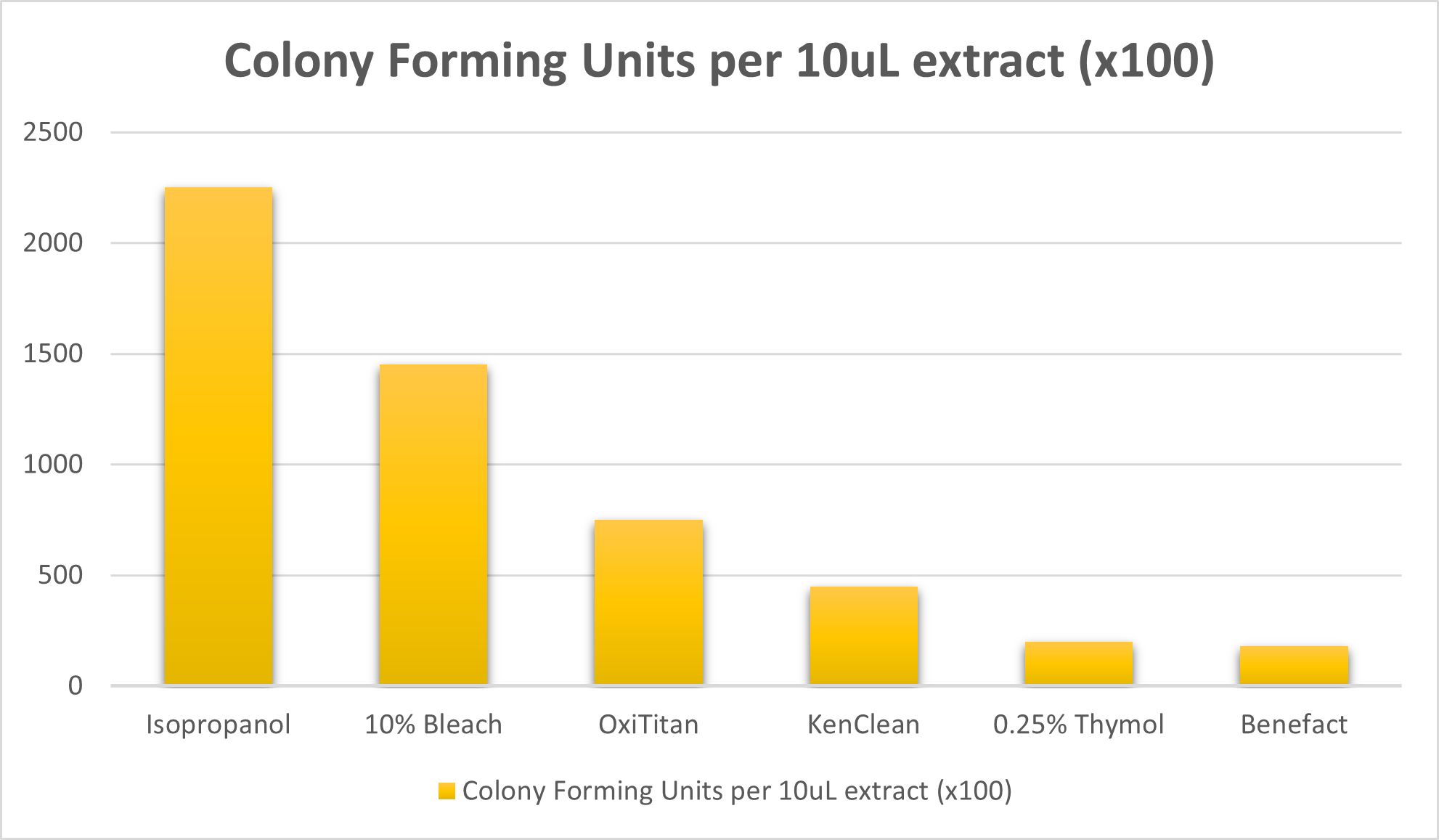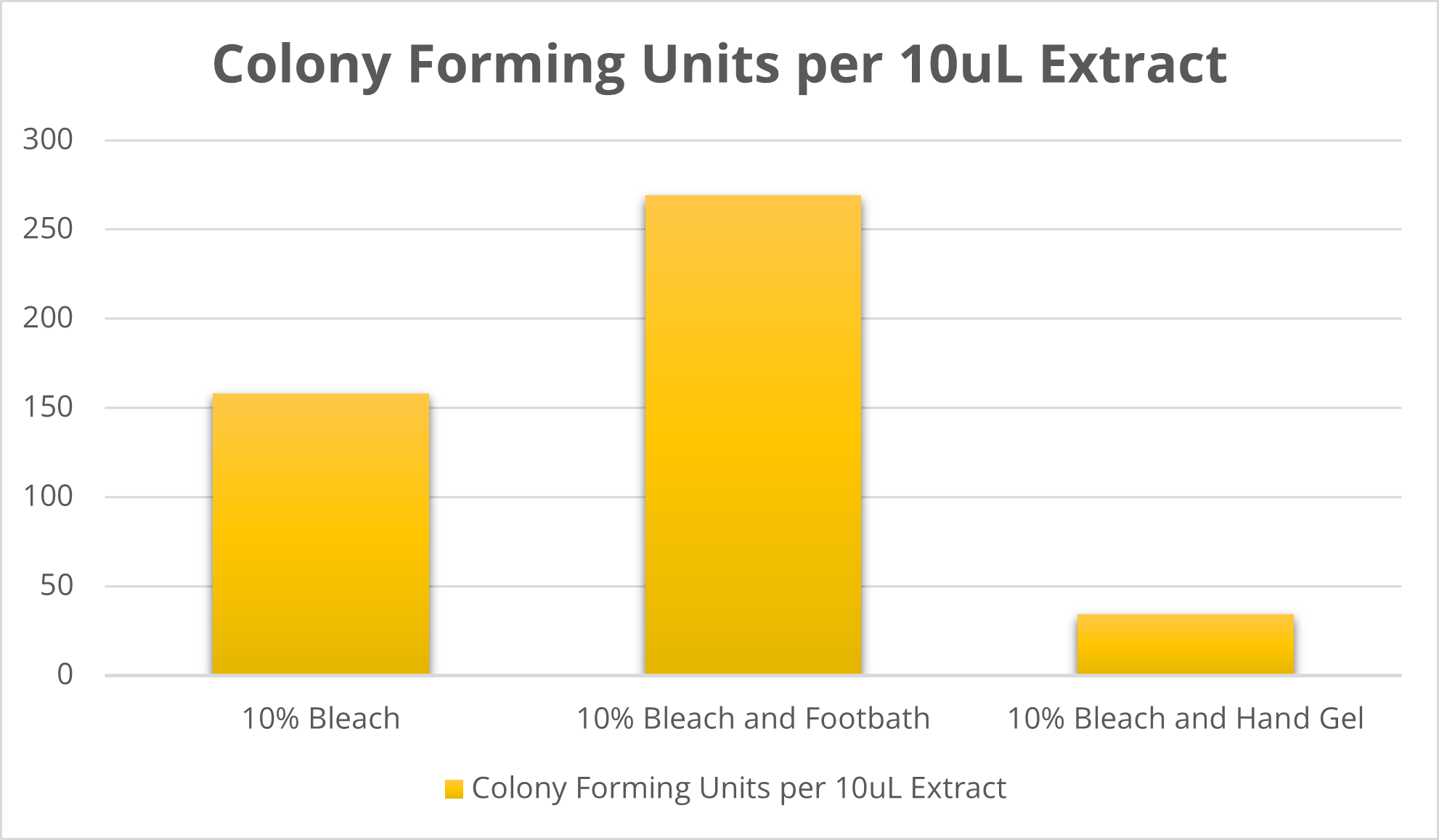So far the mat funk series has delved into a couple of the most common skin infections seen in combat sports and with each the recurrent theme has been the importance of prevention. I am frequently asked about best hygiene measures for prevention of gym acquired infections and so the next two articles in the mat funk series will take a look at what medical science says and doesn’t say in regard to this. When approaching infection prevention measures it’s important to understand there are two sides to the proverbial sword. One side is what we can do as individuals to reduce our own personal risk of infection and the other is what a gym can collectively do to help prevent infections in the team as a whole. In the gym setting this practically translates to what we do to take care of ourselves and what rules or policies a gym follows in order to take care of the entire team. This article will focus on the second point, and we will discuss individual prevention next month.
While the published scientific and medical literature on infection prevention in combat sports is not as robust as other topics with more life-threatening outcomes (e.g. prevention of hospital acquired infections), there are some decent studies we can use to guide our gyms’ hygiene practices and policies. Admittedly, this article is a bit more dense than the others have been, so for the high yield summary of recommended gym hygiene practices and how much evidence there is to back them up refer to Figure 1. If you’re strapped on time, this figure should suffice. But if you want to understand more, read on!
Figure 1 Summary of recommended interventions and their level of evidence
Do mats actually transmit infection?
When an inanimate object transmits an infectious agent to someone, that object is termed a fomite. So do mats act as fomites? The short answer is, yes, most likely. I say most likely because believe it or not, the answer to this question has not been definitively proven in a rigorously designed study. Also, the reality is aside from the mat there are many other fomites that exist in a gym setting (bathrooms, weights, ropes, towels, etc). There’s plenty of evidence to show that live microorganisms can exist on mats and the amount of them does go up when used.2,3,4,5 Also, there is excellent evidence that fomites in other environments (e.g. towels in a household or surfaces/devices at a healthcare facility or a prison) can and do transmit infections.6,7,8,9,10 But whether the amount of microorganism from a mat has ever been enough to cause an infection has technically not been shown and thus we in the medical community infer based on the above data that they can and do transmit infectious disease. Additionally, the answer also probably depends on the organism. While the data is a bit more convincing that mat transmission can occur with staph aureus it is a bit weaker for the fungi causing ringworm.3,11 In short, based off the most up-to-date data we have, it does appear mats likely can act as a fomite, but despite receiving most of the attention and blame it’s important to remember they’re not the only source of infection in a gym and that we humans are the more frequently documented source of gym infection outbreaks.12,13
What’s the Best Disinfectant?
Before answering this question, it’s important for a gym to not only choose a disinfectant that is good at killing microorganisms, but it should also be good at not harming humans. The safety of disinfectants to humans is beyond the scope of this article, but it behooves me as a physician to point a gym to the MSDS information on disinfectant ingredients to ensure the short and long term safety for the team. Back to the topic at hand, while no study has tested whether disinfecting gym equipment actually decreases rates of human infections there is one study to date that has done some pretty impressive mat work. Linda Young from Ohio Northern University and her group have been the only ones I know of to compare various mat cleaning solutions in actual practice and tournament settings. Figure 2 was adapted from data in their report and shows the differences in amount of bacteria that was able to be grown from mats that were cleaned with different solutions during a 2014 college wrestling tournament, thus the lower the bar in the graph the better the cleaner. It should be noted that their outcome was limited to the amount of bacteria that could be recovered from the mat as well as the wrestlers before and after grappling, and not the amount of actual skin infections that occurred. However, the fact that they reported on commonly used disinfectants known to kill all types of microorganisms in a petri-dish allows us to logically infer which ones may be better than others at preventing infections.1 Therefore it’s safe to say that agents with residual activity (antimicrobial activity lasting for hours after application) are likely better than those without residual activity. Also it’s probably wise not to use rubbing alcohol alone as a mat cleaner. 2,14

Conclusion
References
- Marples, R. R. Local infections – experimental aspects. J. Soc. Cosmet. Chem. Vol 27, No 10, Oct 1976, pp. 449-457. http://lib3.dss.go.th/fulltext/scan_ebook/j.of_society_1976_v27_n10.pdf
- Young LM, Motz VA, Markey ER, Young SC, Beaschler RE. Recommendations for Best Disinfectant Practices to Reduce the Spread of Infection via Wrestling Mats. J Athl Train. 2017 Feb;52(2):82-88. doi: 10.4085/1062-6050-52.1.02.
- Hedayati MT, Afshar P, Shokohi T, Aghili R. A study on tinea gladiatorum in young wrestlers and dermatophyte contamination of wrestling mats from Sari, Iran. Br J Sports Med. 2007 May;41(5):332-4. doi: 10.1136/bjsm.2006.030718.
- Shadzi S, Ataei B, Nokhodian Z, Daneshmand D. Dermatophytes contamination of wrestling mats in sport centers of Isfahan, Iran. Adv Biomed Res. 2014 Nov 29;3:241. doi: 10.4103/2277-9175.145747.
- Aghamirian MR, Ghiasian SA. A clinico-epidemiological study on tinea gladiatorum in Iranian wrestlers and mat contamination by dermatophytes. Mycoses. 2011 May;54(3):248-53. doi: 10.1111/j.1439-0507.2009.01809.x.
- Donskey CJ. Does improving surface cleaning and disinfection reduce health care-associated infections? Am J Infect Control. 2013 May;41(5 Suppl):S12-9. doi: 10.1016/j.ajic.2012.12.010.
- Knox J, Sullivan SB, Urena J, Miller M, Vavagiakis P, Shi Q, Uhlemann AC, Lowy FD. Association of Environmental Contamination in the Home With the Risk for Recurrent Community-Associated, Methicillin-Resistant Staphylococcus aureus Infection. JAMA Intern Med. 2016 Jun 1;176(6):807-15. doi: 10.1001/jamainternmed.2016.1500.
- Makris AT, Morgan L, Gaber DJ, Richter A, Rubino JR. Effect of a comprehensive infection control program on the incidence of infections in long-term care facilities. Am J Infect Control. 2000 Feb;28(1):3-7. doi: 10.1016/s0196-6553(00)90004-x.
- Miko BA, Herzig CT, Mukherjee DV, Befus M, Apa ZL, Bai RY, Lee CJ, Uhlemann AC, Larson EL, Lowy FD. Is environmental contamination associated with Staphylococcus aureus clinical infection in maximum security prisons? Infect Control Hosp Epidemiol. 2013 May;34(5):540-2. doi: 10.1086/670218.
- Mork RL, Hogan PG, Muenks CE, Boyle MG, Thompson RM, Sullivan ML, Morelli JJ, Seigel J, Orscheln RC, Bubeck Wardenburg J, Gehlert SJ, Burnham CD, Rzhetsky A, Fritz SA. Longitudinal, strain-specific Staphylococcus aureus introduction and transmission events in households of children with community-associated meticillin-resistant S aureus skin and soft tissue infection: a prospective cohort study. Lancet Infect Dis. 2020 Feb;20(2):188-198. doi: 10.1016/S1473-3099(19)30570-5.
- Kohl TD, Martin DC, Nemeth R, Evans DL. Wrestling mats: are they a source of ringworm infections? J Athl Train. 2000 Oct;35(4):427-30. PMID: 16558657.
- Kermani F, Moosazadeh M, Hosseini SA, Bandalizadeh Z, Barzegari S, Shokohi T. Tinea Gladiatorum and Dermatophyte Contamination Among Wrestlers and in Wrestling Halls: A Systematic Review and Meta-analysis. Curr Microbiol. 2020 Apr;77(4):602-611. doi: 10.1007/s00284-019-01816-3.
- Williams C, Wells J, Klein R, Sylvester T, Sunenshine R; Centers for Disease Control and Prevention (CDC). Notes from the field: outbreak of skin lesions among high school wrestlers–Arizona, 2014. MMWR Morb Mortal Wkly Rep. 2015 May 29;64(20):559-60. PMID: 26020140.
- Young, LM, B Kohls, A Davis, K Krynak, RE Beaschler H Dyer and VAMotz. 2018 Clean hands healthy wrestlers: Efficacy of hand cleaning in reducing bacterial load during wrestling competitions. Health Science Research. 5(2):43-49
- Greisberg, Max. Assessment of Disinfection Techniques for Decontaminating Athletic Mats. The Sport Journal, August 7, 2020. https://thesportjournal.org/article/assessment-of-disinfection-techniques-for-decontaminating-athletic-mats/
- Orenstein WA, Ahmed R. Simply put: Vaccination saves lives. Proc Natl Acad Sci U S A. 2017 Apr 18;114(16):4031-4033. doi: 10.1073/pnas.1704507114.
- Minozzi S, Lytras T, Gianola S, Gonzalez-Lorenzo M, Castellini G, Galli C, Cereda D, Bonovas S, Pariani E, Moja L. Comparative efficacy and safety of vaccines to prevent seasonal influenza: A systematic review and network meta-analysis. EClinicalMedicine. 2022 Mar 25;46:101331. doi: 10.1016/j.eclinm.2022.101331.
- Baden LR, et al. Efficacy and Safety of the mRNA-1273 SARS-CoV-2 Vaccine. N Engl J Med. 2021 Feb 4;384(5):403-416. doi: 10.1056/NEJMoa2035389.
- Ridgway JP, Tideman S, French T, et al. Odds of Hospitalization for COVID-19 After 3 vs 2 Doses of mRNA COVID-19 Vaccine by Time Since Booster Dose. Published online September 23, 2022. doi:10.1001/jama.2022.17811
- McQueen, R.H., Ehnes, B.L. (2022). Antimicrobial Textiles and Infection Prevention—Clothes and Inanimate Environment. In: Bearman, G., Morgan, D.J., K. Murthy, R., Hota, S. (eds) Infection Prevention. Springer, Cham. https://doi.org/10.1007/978-3-030-98427-4_13
- Figures were created by author, if patients were involved they gave full written consent complying with HIPAA guidelines.







It’s interesting how little research there is on this topic despite wrestling being so common in college athletics. Thanks for the info
Totally agreed Jon, I thought there would be a bit more. That said, it seems without wrestling’s popularity we wouldn’t have the research we do have as it is, so I guess I’m a bit grateful in that regard.